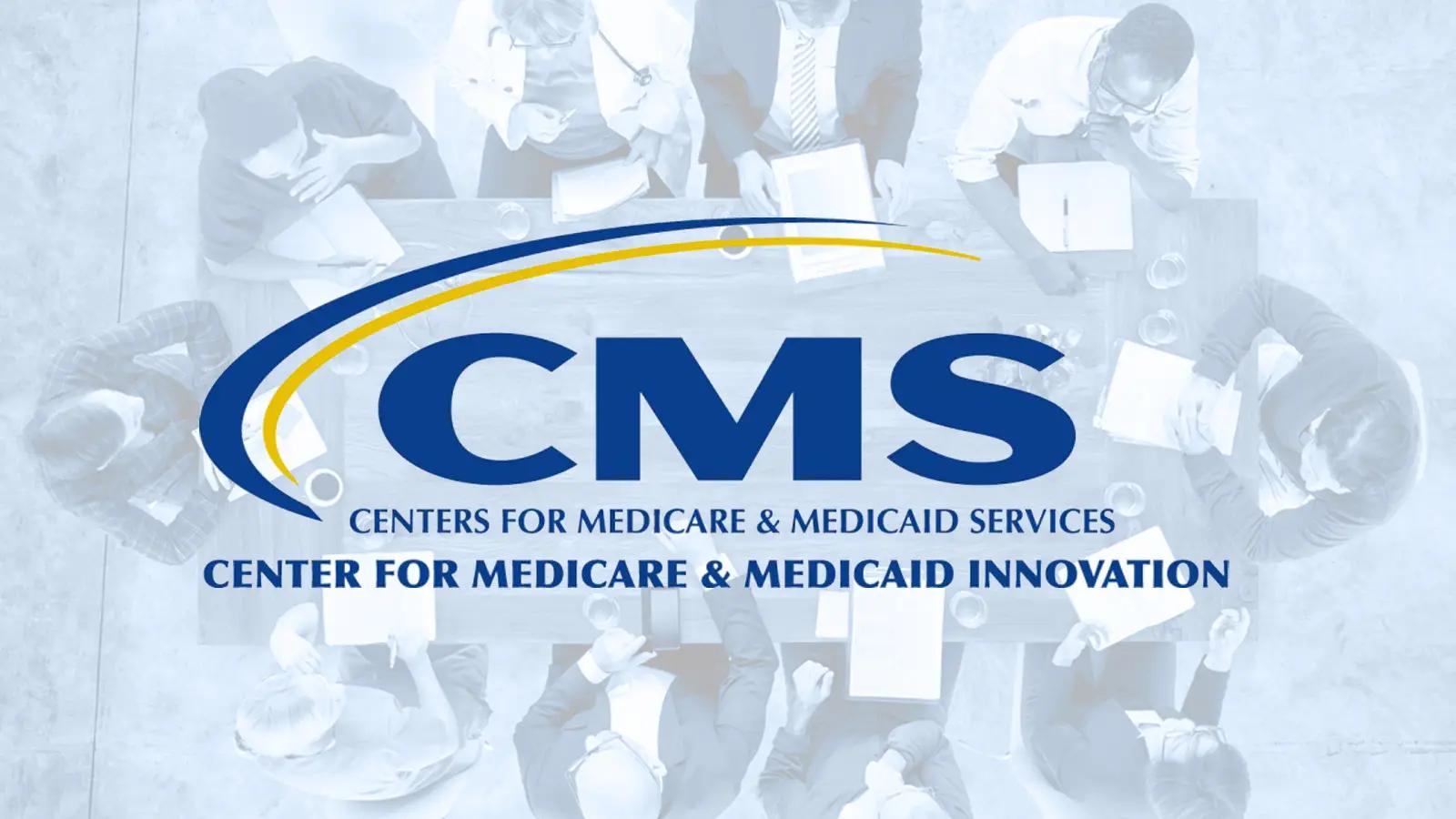Article
Value-Based Payment Models Not Yet Reaching Full Potential, Study Says
Author(s):
A new study from the Healthcare Financial Management Association, Leavitt Partners, and McManis Consulting found that the penetration of value-based payment (VBP) models is not yet enough to generate cost savings and is also not affecting clinical quality outcomes at the market level.
A new study from the Healthcare Financial Management Association, Leavitt Partners, and McManis Consulting found that the penetration of value-based payment (VBP) models is not yet enough to generate cost savings and is also not affecting clinical quality outcomes at the market level.
The study, supported by The Commonwealth Fund, used commercial data from 2012 to 2014, and Medicare data from 2007 to 2015, to conduct 2 quantitative analyses. The first examined correlations between the penetration of population-based VBP models and total cost of care for Medicare and commercial payers.
The second looked at other market factors related to baseline Medicare costs and cost growth. A qualitative study of 9 geographically and demographically diverse markets was also conducted. The study is called What Is Driving Total Cost of Care? An Analysis of Factors Influencing Total Cost of Care in U.S. Healthcare Markets.
Researchers analyzing performance results of accountable care organizations (ACOs) and other population-based VBP models found that:
- The penetration of VBP models is not yet having an impact on curbing growth in total cost of care—efficacy of these models has not yet been proven, and most models do not yet incorporate sufficient financial incentives to impact care delivery significantly.
- Alternative VBP models may be more appropriate for different populations: episode-based payments, reference-based pricing, on-site health centers for employers and their employees, consumer-driven models tied to more effective transparency tools, and models that target the needs of specific patient populations were all cited by stakeholders interviewed by the researchers.
- “What type” of competition may be more important than “how much” competition, the study said. Lower-cost markets appear to benefit from competition among healthcare systems with well-organized provider networks and geographic coverage. Health plan competition also appears to be a significant factor, especially with respect to encouraging innovation in payment models and plan design within a market.
- Lower-cost markets also appear to benefit from organized mechanisms for more transparent sharing of information on provider quality and costs. These could include state-sponsored or endorsed reporting agencies and employer coalitions. Interviewees also believed that greater transparency of quality and cost information for consumers is necessary. Transparency tools that have been offered so far have had limited impact, they said.
- Healthcare leaders believe that further changes to payment and care delivery models are inevitable and will likely include value-based components, but it is not yet clear what or who will drive the change.
The study found no statistically significant correlation between the penetration of VBP models and growth in the total cost of care for Medicare (2012 to 2015 data) or commercial payers (2012 to 2014 data) in more than 900 markets throughout the United States.
Researchers cited the limited prevalence of VBP models in many markets, the lack of strong financial incentives for managing the total cost of care, healthcare organizations’ preference for an incremental approach to risk, and employers’ reluctance to change benefit design in a tight labor market, among other factors.
This study also noted the impact of industry consolidation on Medicare’s total cost of care:
- Markets that were less consolidated, or less aligned vertically, tended to have higher costs.
- Conversely, costs were lower in markets with well-organized provider networks.
- Consolidation in lower-cost markets had left between 2 and 4 health systems with good geographic coverage as competitors within the market.
- Physicians in lower-cost markets were typically employed by or closely aligned with the health systems, and the market usually included at least 1 integrated delivery system with a health plan, a hospital, and clinician capabilities.
There are other market factors, including disease prevalence, socioeconomic factors, demographics, and quality, that may influence growth in the total cost of care for Medicare, the study said.
Overall, baseline cost variation was more readily explained than cost growth; the 23 factors identified by researchers explained 82% of baseline cost variation, but just 27% of variation in cost growth.
Researchers recommended that both government and commercial payers move toward population-based models that represent sufficient revenue to incentivize providers to actively manage the total cost of care, while acknowledging that other models may turn out to be more appropriate in some circumstances.
Similiar to this week's report, in April, the Council of Accountable Physician Practice (CAPP) outlined a roadmap to transition from a fee-for-service system to one that pays for value.
Newsletter
Stay ahead of policy, cost, and value—subscribe to AJMC for expert insights at the intersection of clinical care and health economics.




